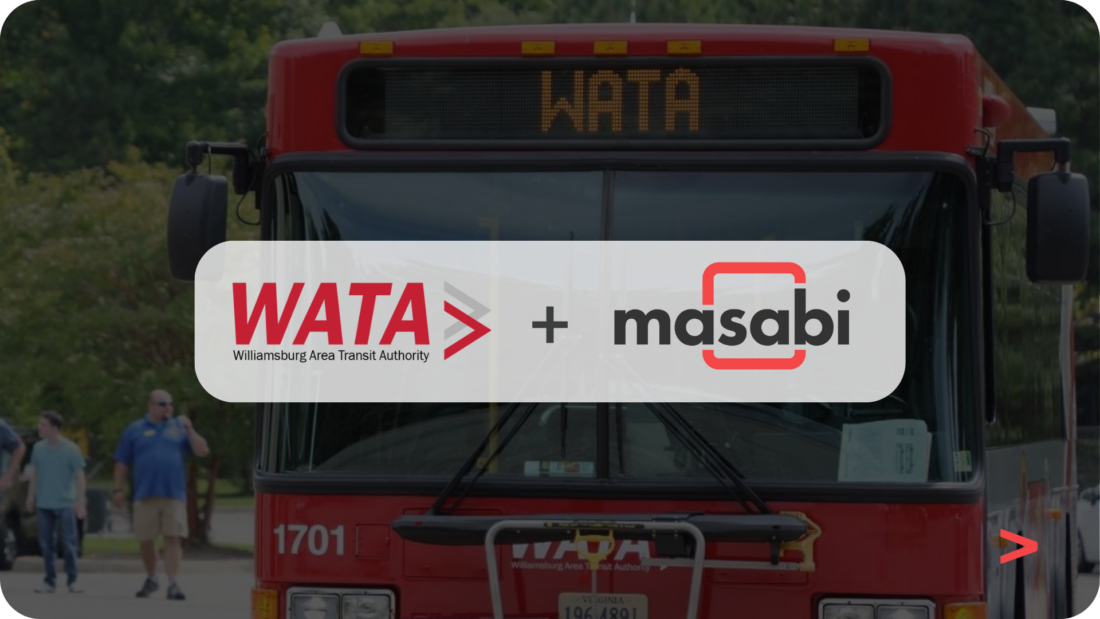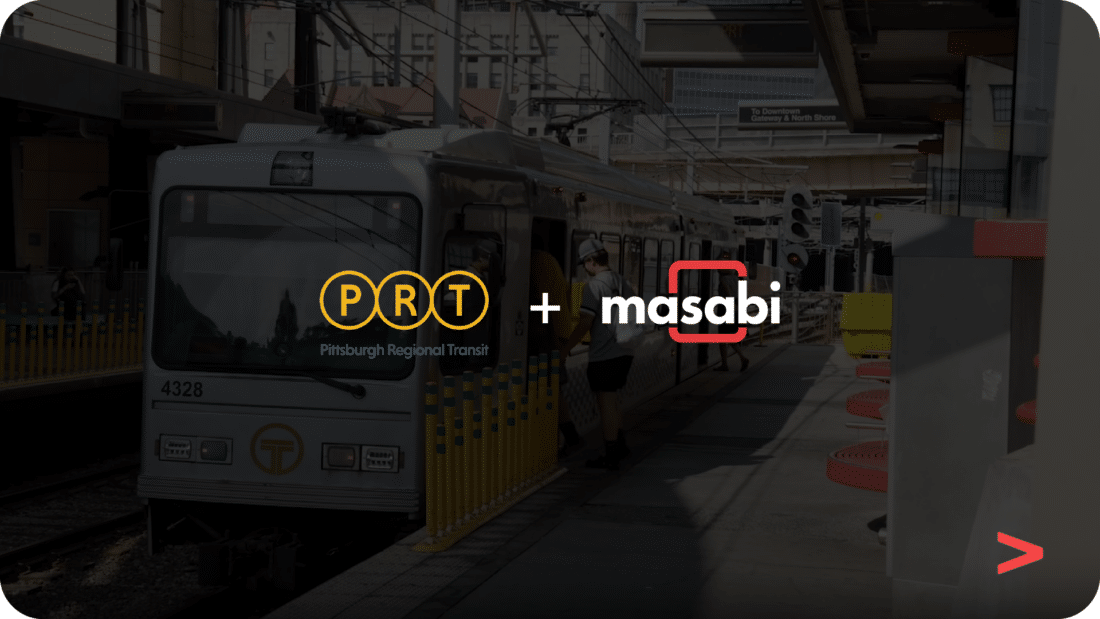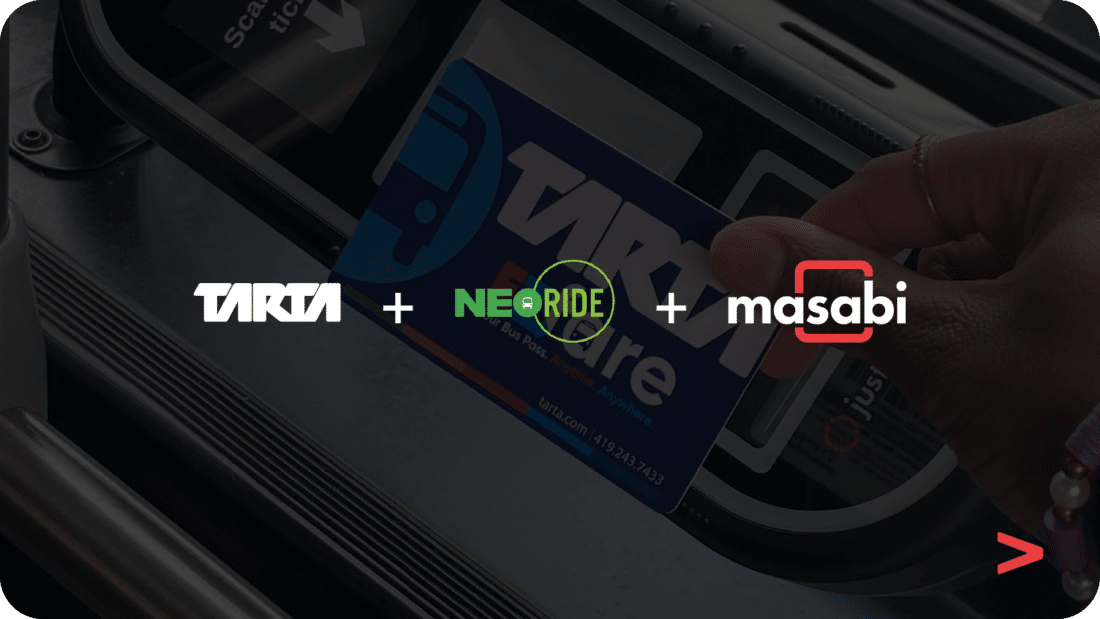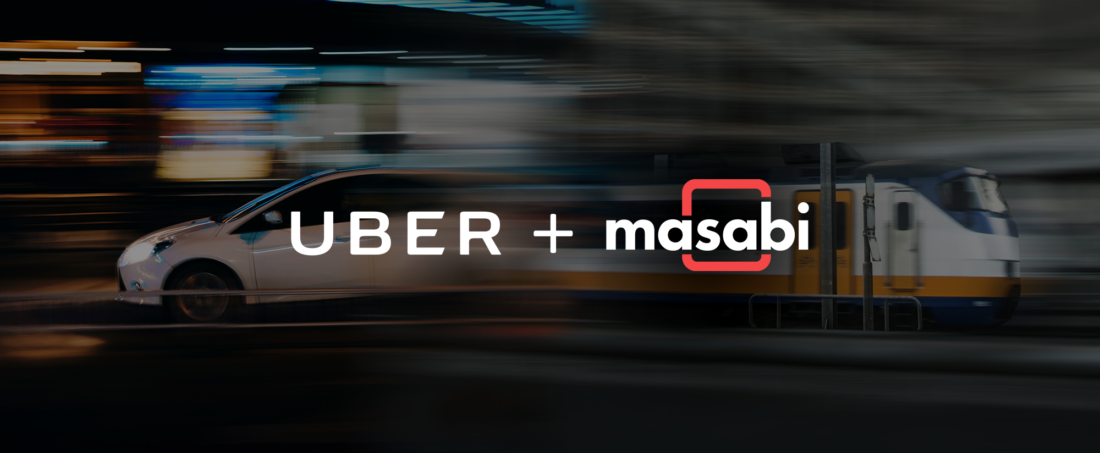
Masabi and Uber Announce First-of-its-Kind Ride-Sharing and Public Transit Ticketing Partnership
Integration will enable Uber users to book and display public transit tickets within the app, facilitating seamless multimodal journeys
New York and London – April 11th 2018 – Masabi the global leader in mobile ticketing and Software-as-a-Service (SaaS) based fare collection for public transit, today announced a new strategic partnership with Uber to add public transit mobile ticketing into the Uber app. Once an agreement is reached with a transit agency, Uber users will have the option to book and display Masabi customers’ transit tickets in the app, allowing for seamless transfers from ride-sharing to public transit services for convenient multimodal journeys. The two companies will also be working together to offer the integration to new cities around the globe.
With the accelerating shift toward urbanisation, there are ever greater demands being placed on transportation networks. Streets are congested, but increasing road and parking capacity to deal with this growth is often not an option. Making it easier for people to take multimodal journeys using shared private and public transit options together will help provide a real alternative to private car ownership.
Uber’s new ticketing option will be powered by Masabi’s Justride SDK, the first and only mobile ticketing SDK for public transit. The SDK allows 3rd party applications to request fare types, make payments, and deliver visual and barcode mobile tickets to a passenger through a secure ticket wallet.
The Justride SDK integration combines best-of-breed secure ticketing functionality with existing apps. This gives users greater and more convenient access to tickets for public transit services. For transit agencies, deploying via SDK means mobile ticketing is instantly available to an already established user base providing a seamless and convenient experience to transfer to or ride on transit services. This all ties into Masabi’s underlying philosophy of making public transportation more accessible to all.
“At Masabi our mission has always been to make it quicker and easier to get around cities using a range of transit options and in Uber, we’ve found a perfect partner to help us further that mission,” said Brian Zanghi, CEO of Masabi. “Uber paved the way for a new paradigm in urban mobility, and we’re tremendously excited to power seamless connectivity between Uber’s options and public transit, reducing the number of cars on the road and enabling more on-demand transportation.”
“Having a greater variety of transportation modes at your fingertips helps make it increasingly easy to live without a car. That’s why we want to provide alternatives to personal car ownership by bringing together multiple modes of transportation right in our app,” said Jahan Khanna, Head of Product, Mobility at Uber. “We’re excited to partner with Masabi to incorporate transit as an option in the Uber app.”
About Masabi
Masabi is the global leader mobile ticketing and Software-as-a-Service (SaaS) based fare collection for public transport. Masabi’s Justride is a cloud-based mobility platform unifying account-based and pre-pay ticketing into a single configurable solution. Justride’s SaaS architecture, ‘Mobile First‘ approach and Bring Your Own Ticket (BYOT) philosophy, allow transport providers of all sizes around the globe to deliver innovation quickly, delighting passengers and reducing costs, while increasing efficiency and data insights.
The company works in partnership with more than thirty leading transit agencies and operators in North America, Europe, Australia and around the globe, including; New York MTA, Arriva, National Express, Keolis, Thames Clippers, Boston MBTA, LA Metrolink, The Hague and Las Vegas RTC. Masabi has offices in London, New York, Boston and Cluj and investors include Mastercard, Keolis, MMC Ventures, Lepe Partners and Fontinalis Partners.
About Uber
Uber’s mission is to bring reliable transportation to everywhere, for everyone. We started in 2010 to solve a simple problem: how do you get a ride at the touch of a button? Eight years and more than five billion trips later, we’ve started tackling an even greater challenge: reducing congestion and pollution in our cities by getting more people into fewer cars.

